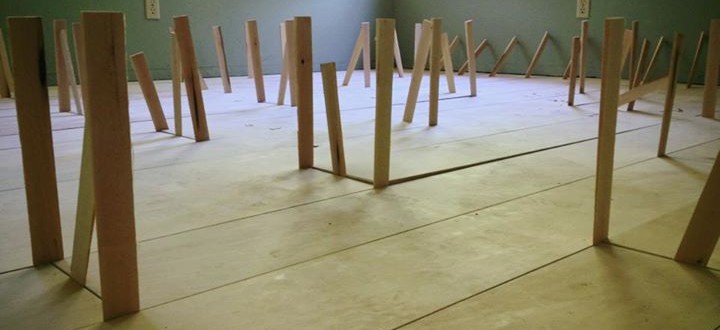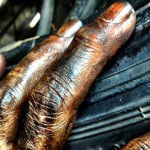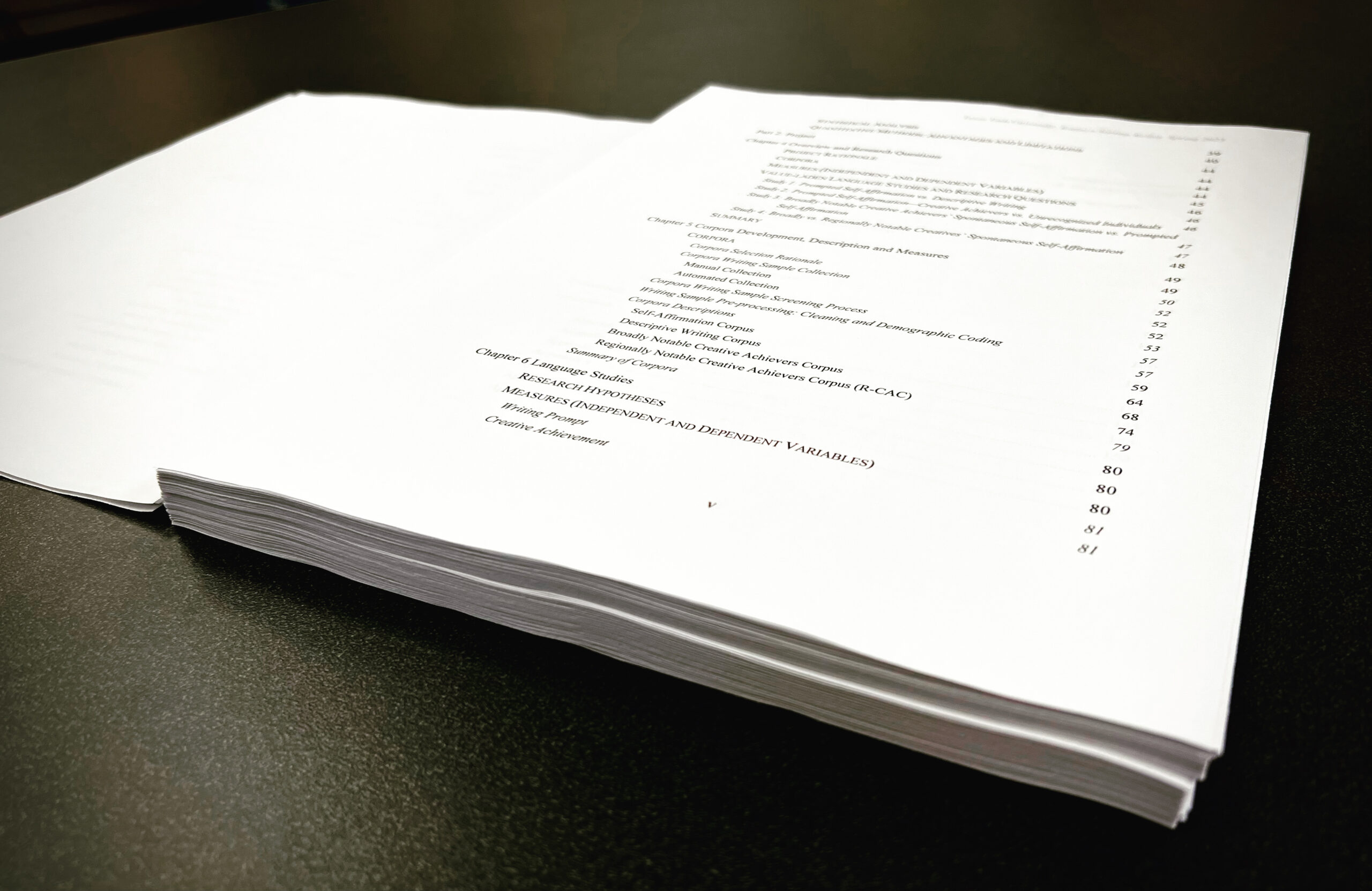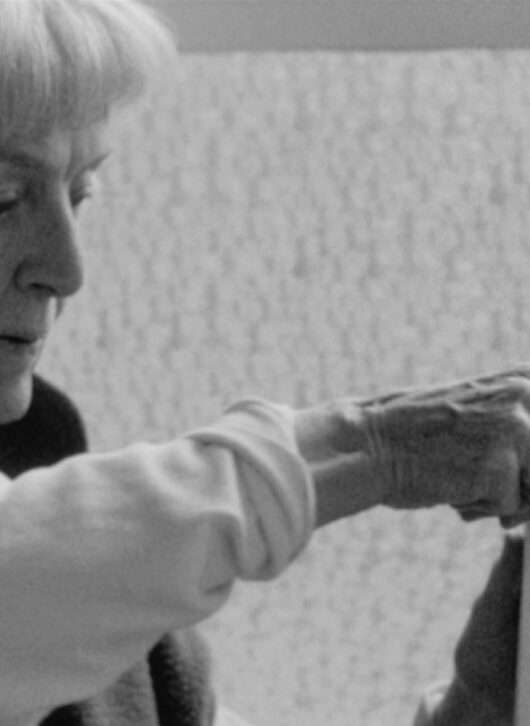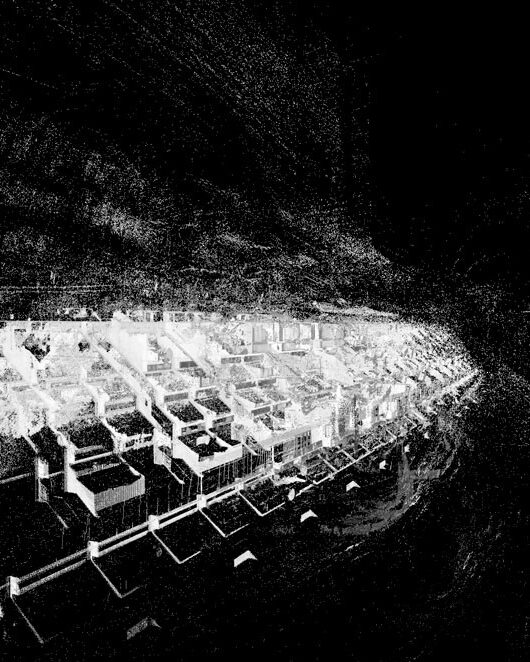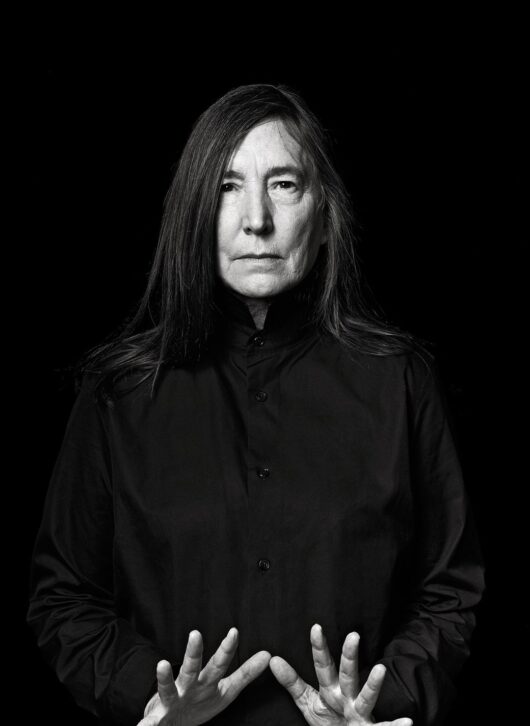staking out the ground, a research framework. who or how is artist realized
Defining a ground, a research framework—who is artist based on conventions of doing, vocational practices?
Artist’s doings (art making?) realize into social space the invocation of assessment of communal modules of knowing and doing through material form, processes, subject matter, theme, and/or point of contact with the collective.
The form of invocation may:
- File a COMPLAINT—
- calling attention to consequential suffering, injustices, implicated in somethings inadequacies
- uncovering faulty interpretation, appropriation, or application in the source material
- revealing historical and/or current miss appropriation or application
- indicating a lack of current relevance
- ?
- Point to a COUNTER alternative—formulation
- Enact a particular COUNTER—innovation
- Facilitates the CODIFICATION of the counter—normalization
- Touts masterful COMPLIANCE—maintenance
This definition arise as an assemblage from the mental mutilation of data acquired in exposure to contemporary art players and practices, theories of creativity, and social identity theories as well as Butlerian performativity.
IE James Loxely in discussing Butler’s ideas of performativity states, “The normatively of any speech act registers its implicit invocation of criteria that open it to assessment as valid or otherwise.” pg 120, Performativity.
And I have correlated this idea with the classification of artist as one who implicitly or explicitly invokes assessment as a part of their vocational practice.
PERSONAL BIAS = I situate #5 touting no matter how masterful executed as TECHNE, as craft, as representing what is. It requires mastery and perhaps everyday creativity but not Creativity as defined by psychologists which associates paradigm shifts as a result of the Creative act. Why I judge #1-4 as more valuable than #5 I am unsure. Perhaps I see one, techne, as the titillation, the compliant, the entertainment, in which the observer is lulled, dissuaded or distracted from noting and engaging with cultural inadequacies and/or culturally induced suffering. Techne is a way of disconnecting from the discrepancies of conventions that are more fiction than ground in real world situations. Techne is a way to distance from awareness of realities of being in the world. Admittedly I do require downtime, so I do engage with techne’s titillations. I think that aptly puts how I feel. Where as I see #1-4 as an attempt to not turn a blind eye to the discrepancies between a system and its failures to function nondestructively. I AM BIASED to elevate those who assist in taking off our clichéd rose-colored glasses and against those who increase the blinding tint. My pooh poohing of #5 may also come from a familial position and drive to have purposeful and meaningful engagement with life and the world versus the pursuit of sensorial pleasures (the trinketry of titillating entertainment.) i recognize this as probable based on my judgmental loaded language.
Does not what scientists, activists and terrorists also engage liken to that of artist? Do they not attempt to instigate some kind of change or innovation in order to complain, counter, codify, or comply? How is one socially recognized or registered more predominately as artist than scientist, artist than activist, artist than terrorists? These vocational categories have huge overlap in that each invokes assessment of cultural knowings or doings. An artist may also be scientist, activist, terrorist and visa versa.
Elizabeth Grosz suggests that the “first artistic impulse it to organize space.” Artist, scientist, terrorist, each are actively involved engaging with space – physical, relational, political, etc. So how are they distinguished one from the other or registered as more one way or another. How is the artistic ordering impulse performed differently?
Perhaps difference is located or weighted in cultural frames as follows:
artist vs SCIENTISTS—methodology?
The artist may employ exaggeration, intuition, affect, and fiction; the scientist must establish a clear and repeatable arrival at complaint, counter, codification, and compliance. It is acceptable for the artist to arrive at coherent suppositions through incoherent means. The scientist is not afforded this methodology. They are required to bear witness to logical systems to arrive at conclusions. As in junior high math, they must show their work
artist vs ACTIVIST—presentation/point of public contact?
The artist typically signs the work and calls it art; the activist identifies directly, solely with the cause. Again the artist is afforded incoherent means at arriving at a call for action. The activist must seemingly substantiate their stance through coherent data.
artist vs TERRORIST—presentation/point of public impact?
The artist may conceptually blow up conventions and belief structures; the terrorist literally blows up shit. Both may cause harm but the terrorist does so by ending life and the artist only tampers with ways of doing life.
0
